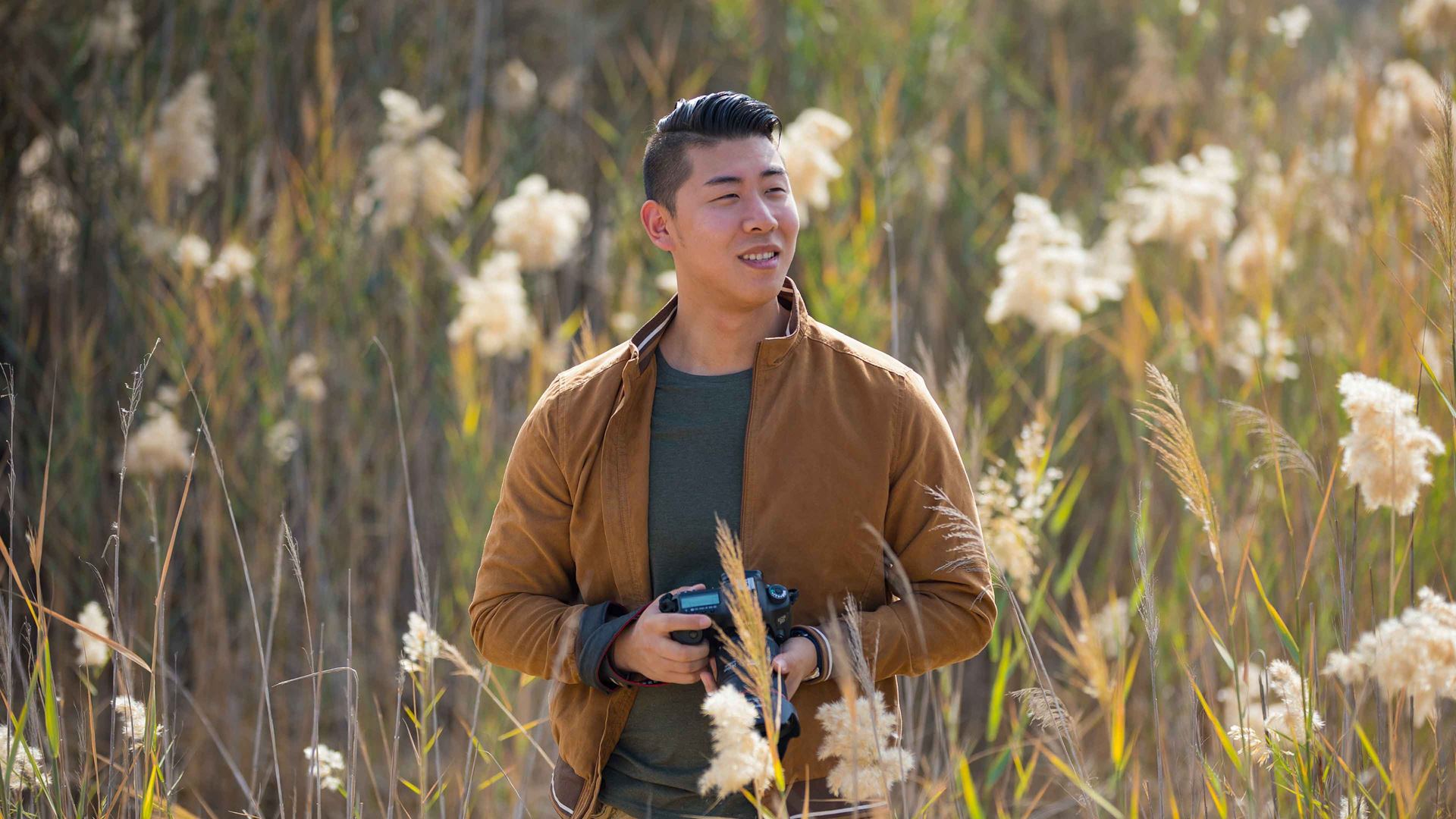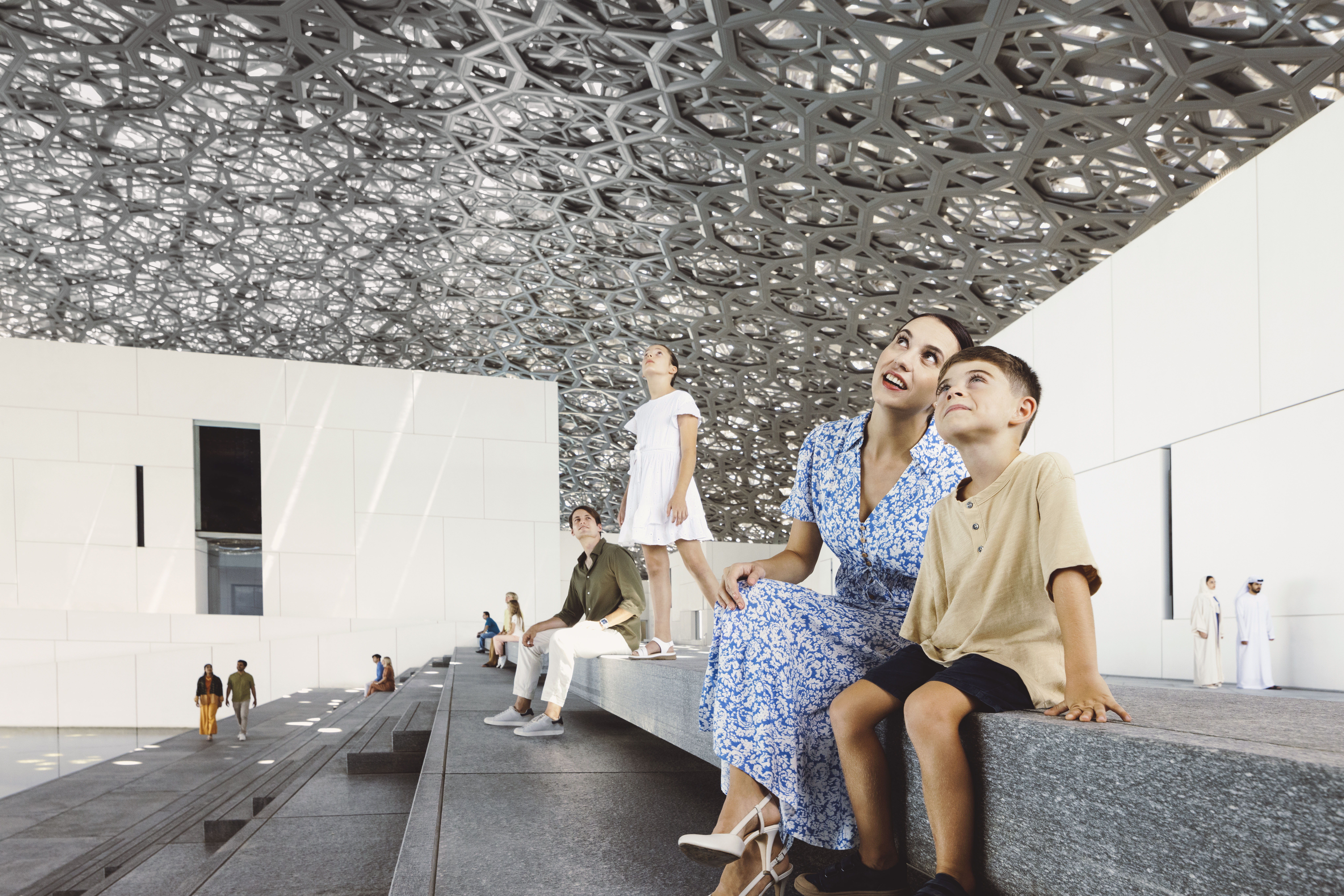Although the attitude towards clothing style is fairly liberal throughout the UAE, a healthy amount of respect for local customs doesn't go amiss, especially when shopping or sightseeing. Short or tight clothing may be worn, but it will attract attention - most of it unwelcome. However, regular swimwear, including shorts for men, full-piece swimsuits or bikinis for women, can be worn on Abu Dhabi’s private and public beaches.
Malls, health clubs and resort facilities are generally more accepting of what's fashionable, but as a sign of respect when visiting government offices, it is best to cover your shoulders and legs. It is especially recommended that you dress more conservatively during Ramadan.
In the evenings, depending on their dress code, the city’s cosmopolitan restaurants and clubs see people from around the world in various styles of dress, from laid-back casual to cocktail-party inspired, black-tie to glamorous. Ladies are advised to take a pashmina or jacket because of cold air.


.jpg?rev=412e91ffe0374b63b8e356309613234f)









